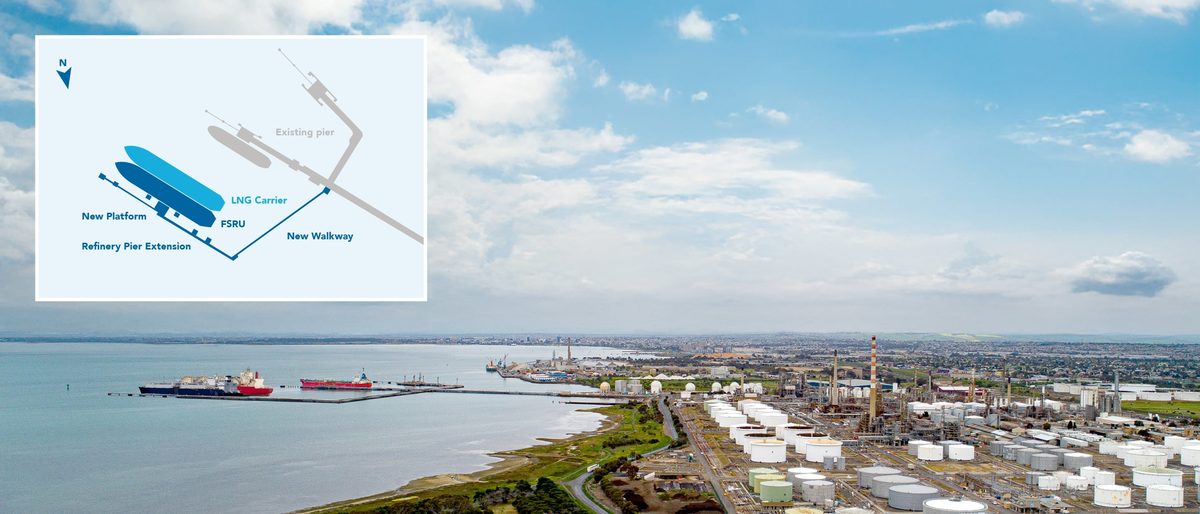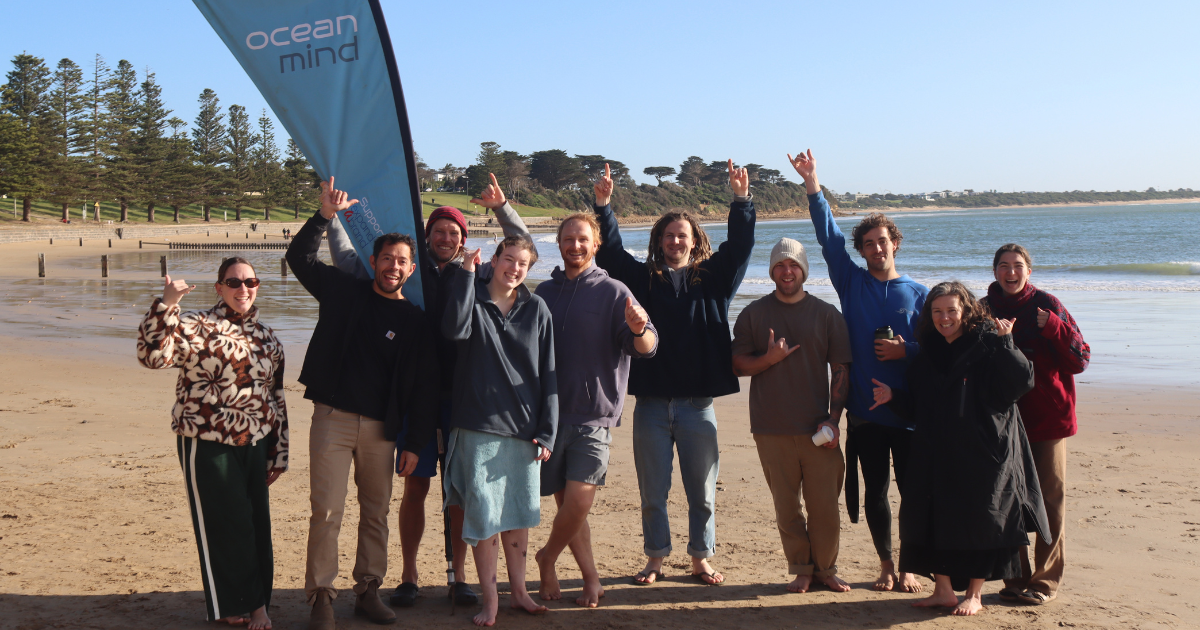Federal, Victorian governments roll out more funds for businesses in lockdown

The program is accessible 24 hours a day, seven days a week, providing free face-to-face and/or telephone support at a time and place that is best for each individual.
THE federal and Victorian governments have announced a further $367 million in support for Melbourne businesses in lockdown, and grants are expected to flow today (Thursday, August 12) to more than 100,000 businesses in the metropolitan area.
Under the new initiative, businesses including sole traders who have received or been approved for a Business Costs Assistance Program Round Two or Business Costs Assistance Program Round Two July Extension grant, or a Licensed Hospitality Venue Fund grant, will receive an automatic payment.
A significant boost to the new Small Business COVID Hardship Fund that opens today will take the one-off payments for eligible businesses that do not qualify for existing programs to $10,000.
The new package contains three main elements, with agreement also reached between the two governments to extend the federal COVID-19 Disaster Payment arrangement for workers and eligible businesses affected by the extension of the lockdown in metropolitan Melbourne to 11.59pm on August 19.
Eligible workers across the state who lose hours due to the lockdown will be able to get access to the COVID-19 Disaster Payment, as will sole traders who lose work and that do not qualify for Victorian Government support programs.
The COVID-19 Disaster Payment is administered through Services Australia, with the federal government funding the areas declared a “hotspot” and the Victorian Government assuming responsibility to fund payments in the rest of the state.
The payment is set at $450 for people who have lost from eight and up to 20 hours work or a full day of work (over seven days), and $750 for 20 hours or more of work lost. People who receive certain federal income support are eligible to receive a $200 payment.
An allocation of $41 million will boost the Small Business COVID Hardship Fund to $180 million, with grants of $10,000 available to small- and medium-sized businesses across the state.
The fund opens for applications today through the Business Victoria website and will help up to 18,000 businesses that have been ineligible for business support programs and have experienced a reduction in revenue of at least 70 per cent.
Businesses that are legally allowed to operate but are restricted in their ability to generate revenue – such as a food store located at a shopping centre or a manufacturer supplying goods for closed venues – will be among those that that could be eligible.
Businesses that have lost custom due to restrictions affecting foot traffic – such as pharmacists located in the CBD – could also be eligible.
More than 95,000 businesses in metropolitan Melbourne will automatically receive payments of $2,800, with grants scheduled to be paid within seven business days.
This new $271 million Business Costs Assistance Program assistance will allow businesses across multiple sectors to continue paying overheads and other costs despite significant impacts on revenue.
Automatic payments of $5,000, $10,000 and $20,0000 will be made in coming weeks to more than 7,000 licensed hospitality venues in metropolitan Melbourne that have previously received or been approved grants under the Licensed Hospitality Venue Fund program. A total of $55 million has been allocate to the new licensed venue initiative.
Payment amounts will be tiered according to premises capacity: $5,000 for a capacity of up to 99 patrons, $10,000 for a capacity of 100 to 499 patrons and $20,000 for a capacity of 500 or more.
Victorian Minister for Industry Support and Recovery Martin Pakula said the funding would provide vital support and reassurance.
“Thousands of businesses will benefit from this new injection of support and we know that the funds are essential to back businesses through this difficult period.
“We’re acting decisively to get on top of the Delta outbreak and also to give businesses the best chance to emerge in decent shape on the other side.”
Federal Treasurer Josh Frydenberg said the Morrison Government had delivered more than $45 billion in direct economic support to households and businesses in Victoria.
“This is a very difficult and challenging time for all Victorians.
“Along with the state government we will continue to support Victorians through the crisis to ensure households and business can bounce back from this latest set of restrictions.”
For more information, head to business.vic.gov.au
In the 24 hours to this morning, there were 21 locally transmitted cases, 17 of which have been linked, and 15 of which were in isolation during their infectious period.
There are 137 active cases of COVID-19 in the state, 330 exposure sites and 13,700 primary close contacts.
Victoria COVID-19 commander Jeroen Weimar said there were more than 25,400 vaccinations yesterday (Wednesday, August 11).
“It is really good to see, that is a threefold increase of AstraZeneca take-up compared to last week, over the last three days last week we had another 11,600 people booked in for their first dose of AstraZeneca for the remainder of this week, and can I just thank everybody who was coming forward to get vaccinated.”
He said people were still trying to travel from NSW to VIctoria without a valid reason, including two women who arrived on a flight into Melbourne last week on an invalid permit, were put into hotel quarantine, and then tested positive for COVID-19.
“This is the risk of interstate travel at this point in time. This is why we have – why the Chief Health Officer has declared Sydney and New South Wales an extreme red zone.
“This is why we are putting such significant barriers in place to limit all unnecessary travel between our states at this most critical time. The consequences of these two positive cases not having been stopped, being positive in the community and then spreading through Melbourne and Victoria, you know, we do not need to more incursions of this type.
“Over the last month we have stopped 6,000 passengers at Melbourne Airport, at the airport. 190 have been put into hotel quarantine. 65 have been returned.
“A huge thanks to the authorised officers team and all the staff at the airports for being so vigilant, for daily checking people coming in from red zones or extreme zones. This is why we do it.”

















